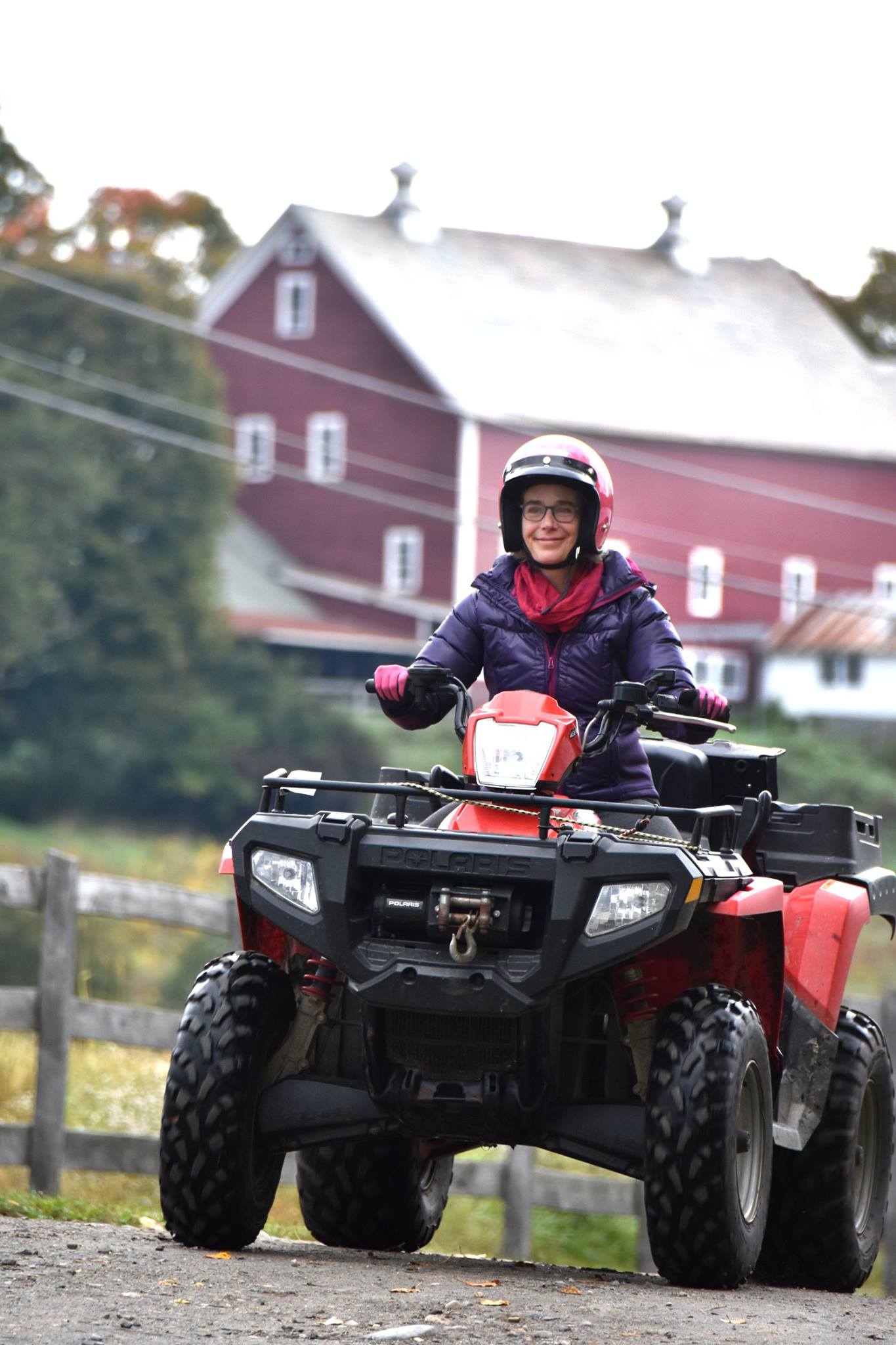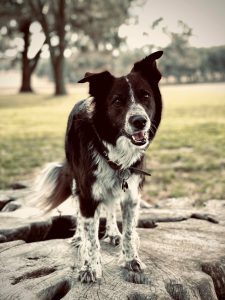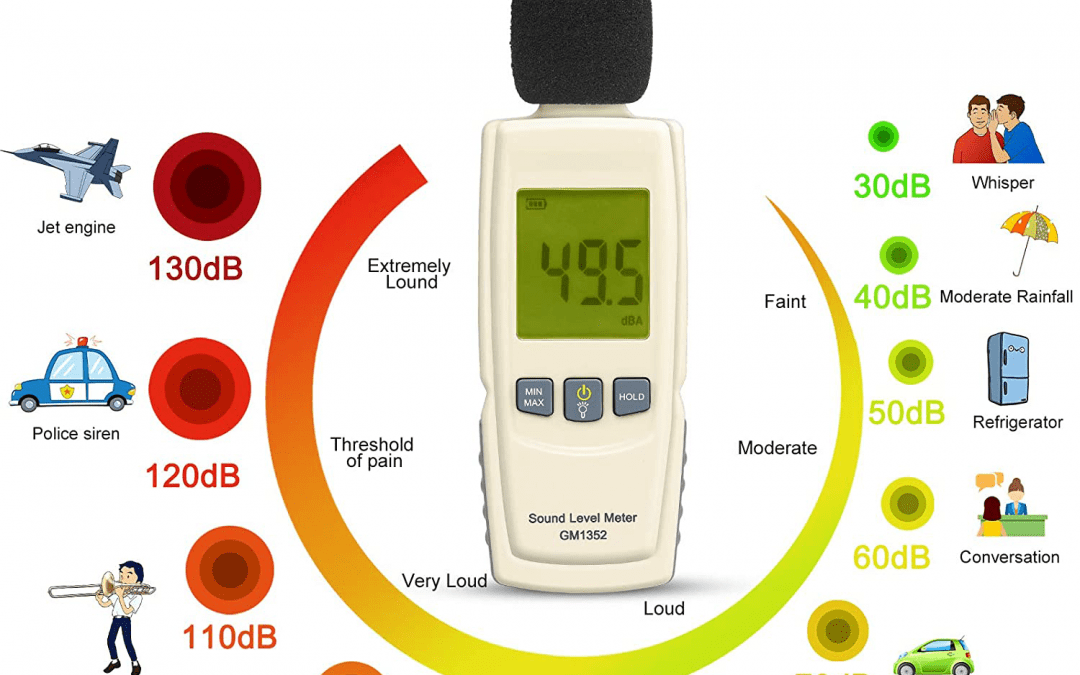Do you hear what I hear?
At the June 1st Planning and Zoning Commission Hearing, we heard quite a lot of testimony about the engine noise from Double Gate ATV Park on their “sound test weekend” May 15-16. On that weekend, there were 250 ATVs operating on the site. Neighbors up to 3 miles away and closer reported hearing the engine noise, while some right in the village said they heard nothing. No decibel readings were submitted by the applicant, so the sound issue has been reduced to a matter of differing opinions.
We would like to help clear up the confusion.
Sound Calculations?
Growth Services recommended that the County restrict the ATV sound to 65 decibels at the property line from 7 am until 10 pm, and 55 decibels all other times. Here’s the problem:
“Loud ATV exhaust noise has become an issue both medically and environmentally. The threshold of permanent hearing damage, as set by the OSHA, is 85 dB. A gas-powered lawn mower produces 85 dB. The snowmobile industry cannot, under U.S. law, exceed 78 dBs at full throttle, and since 1979 motorcycle manufacturers must stay between 78 and 84 dB. However, most ATVs are between 85 and 100 dBs, which has led to concerns by both riders and non-riders about excessive noise.” – How to Quiet ATV Exhaust Noise (A Practical Guide) from bettersoundproofing.com
How does one reduce the noise to 65 decibels at the property line? The answer is distance, but how much distance? Here’s a guideline:
“Doubling the distance between the highway and residence will result in a noise level reduction of approximately 4.5 decibels, depending on the surface composition over which the noise is traveling.” – Traffic Noise Fact Sheet by KeepSanDiegoMoving.com.
So, at 50 feet from the property line, 95 decibels becomes 91. At 100 feet, it is 87. At 200 feet, it is 84 – at the threshold for permanent hearing damage. The applicant is asking for a 100 foot buffer while the County is asking for 200 feet. At either distance, just one ATV breaks the sound restrictions. Now add 499 more ATVs. The applicant stated in the P&Z Hearing that they expected 500 to 750 ATVs on the property on a given weekend. Add in the fact that they will be dispersed all over the property, on the race trails and at the drag strip. Add in the fact that, ten weekends per year, there will be organized events with an amplified sound system/loudspeakers.
Sound Barriers?
The Traffic Noise Fact Sheet states that trees are not effective at blocking noise unless they are planted closely together and at least 100 feet thick. Earthen barriers must be above the line of sight in order to be effective. The six-foot berm proposed for the ATV drag strip in the Double Gate Project is not nearly high enough, and only covers one side of the strip.
Sound Thinking?
The size and shape of the Double Gate Property makes it very difficult to achieve allowable noise levels at the property line. The size of the buffers needed would significantly reduce the options for trails. Add in the reality that they have committed to fence off the wetlands on the property, and we have to wonder if race trails will even be possible? Add to that the cost of constructing a much higher berm for the drag strip and all of the environmental and sound studies, and it would seem wise to rethink the business model.
Now let’s take one step back and examine what it would be like to live in Flemington, even if Double Gate ATV Park can obtain the County’s allowable levels of noise. Nobody is saying it won’t be heard. Between 65 and 70 decibels is somewhere between the sound of traffic noise and the sound of a conversation. Every weekend, all day. It will be heard by residents as they play in their yards or in the Community Park. It will be heard by farmers in their fields and by all the animals, both wild and domestic. Some will hear it more than others, with those who are downwind and downslope hearing more from a greater distance. The prevailing winds in this part of Florida are out of the west. Nobody can argue that there will be no sound.
There is much that can be done to the ATVs themselves to modify their noise, but these solutions can be costly and usually affect performance making them unpopular for racing. Take a look at the average decibel levels for after-market exhausts typically used for ATV racing. It is certainly possible to require that all ATVs have appropriate silencing equipment in order to use Double Gate ATV Park, but it’s hard to imagine filling the place with 500 to 750 ATVs each weekend that all have that equipment. Once again, is this a practical business model?
We are not sound engineers, but we believe that there’s enough here to warrant further questioning. The concerns voiced by the community at the P&Z Hearing about ATV noise from the proposed Double Gate Park are…
well…
sound.

It's Not About ATVs. It's About Location.
We at Horse Farms Forever like ATVs. Many of us own and enjoy them. We support family-oriented outdoor recreation, just like the Double Gate ATV Park applicants. Our concern continues to be about the location of the subject property:
- in the Farmland Preservation Area;
- in a flood zone and spring protection area;
- in a peaceful residential area where noise will be a factor.
Our message continues to be the same as our mission:
We ask that the Farmland Preservation Area be respected and protected. Once it's erased, it can't be replaced.
Always Watching

We work hard to keep you informed, and to represent our members' interests in preserving our horse farms, farmland and the unique character and culture of Marion County's 193,000 acre Farmland Preservation Area.
Join the herd. Every voice matters.


Why don’t the law enforcement agencies do thier job and encorce the Florida statutes regarding vehicle noise in the first place?
Seems like so many pickip trucks driving around have been modified and the neighbors to the proposed park will have to listen to these going in and out of the property.
See Florida 316.293 below.
OPERATING NOISE LIMITS.–No person shall operate or be permitted to operate a vehicle at any time or under any condition of roadway grade, load, acceleration, or deceleration in such a manner as to generate a sound level in excess of the following limit for the category of motor vehicle and applicable speed limit at a distance of 50 feet from the center of the lane of travel under measurement procedures established under subsection (3).
(a) For motorcycles other than motor-driven cycles:
Sound level limit
Speed limit
35 mph or less Speed limit
over 35 mph
Before January 1, 1979 82 dB A 86 dB A
On or after
January 1, 1979 78 dB A 82 dB A
(b) For any motor vehicle with a GVWR or GCWR of 10,000 pounds or more:
Sound level limit
Speed limit
35 mph or less Speed limit
over 35 mph
On or after
January 1, 1975 86 dB A 90 dB A
(c) For motor-driven cycles and any other motor vehicle not included in paragraph (a) or paragraph (b):
Sound level limit
Speed limit
35 mph or less Speed limit
over 35 mph
Before January 1, 1979 76 dB A 82 dB A
On or after
January 1, 1979 72 dB A 79 dB A
(3) MEASUREMENT PROCEDURES.–The measurement procedures for determining compliance with this section shall be established by regulation of the Department of Environmental Protection as provided in s. 403.415(9), in cooperation with the department. Such regulations shall include the selection of measurement sites and measurement procedures and shall take into consideration accepted scientific and professional methods for the measurement of vehicular sound levels. The measurement procedures may include adjustment factors to be applied to the noise limit for measurement distances of other than 50 feet from the center of the lane of travel.
(4) APPLICABILITY.–This section applies to the total noise from a vehicle and shall not be construed as limiting or precluding the enforcement of any other provisions of this chapter relating to motor vehicle mufflers for noise control.
(5) NOISE ABATEMENT EQUIPMENT MODIFICATIONS.–
(a) No person shall modify the exhaust system of a motor vehicle or any other noise-abatement device of a motor vehicle operated or to be operated upon the highways of this state in such a manner that the noise emitted by the motor vehicle is above that emitted by the vehicle as originally manufactured.
(b) No person shall operate a motor vehicle upon the highways of the state with an exhaust system or noise-abatement device so modified.
(6) EXEMPT VEHICLES.–The following are exempt from the operation of this act:
(a) Emergency vehicles operating as specified in s. 316.072(5)(a).
(b) Any motor vehicle engaged in a professional or amateur sanctioned, competitive sports event for which admission or entry fee is charged, or practice or time trials for such event.
(c) Any motor vehicle engaged in a manufacturer’s engineering, design, or equipment test.
(d) Construction or agricultural equipment either on a job site or traveling on the highways.
(7) VIOLATIONS.–A violation of this section is a noncriminal traffic infraction, punishable as a nonmoving violation as provided in chapter 318.